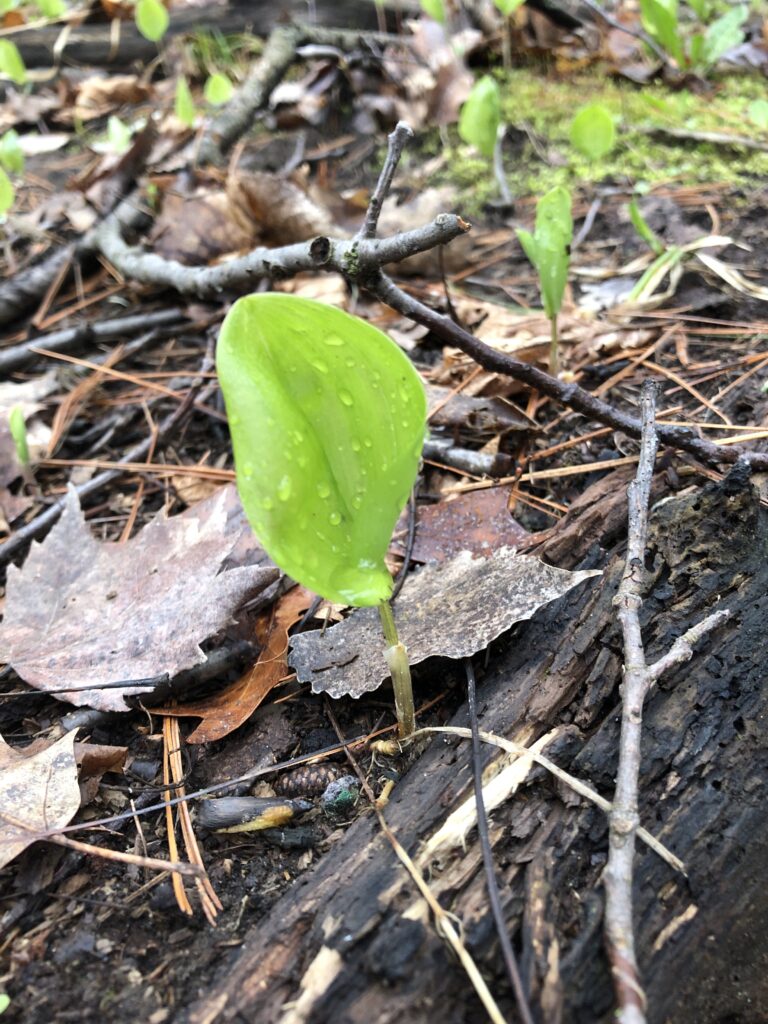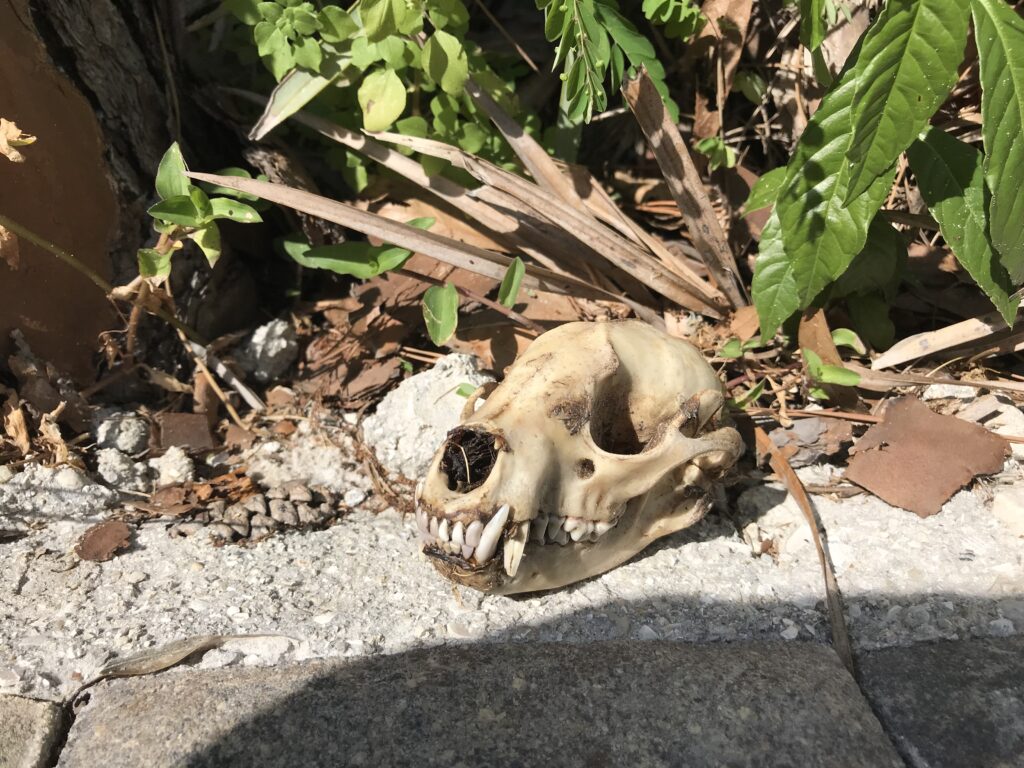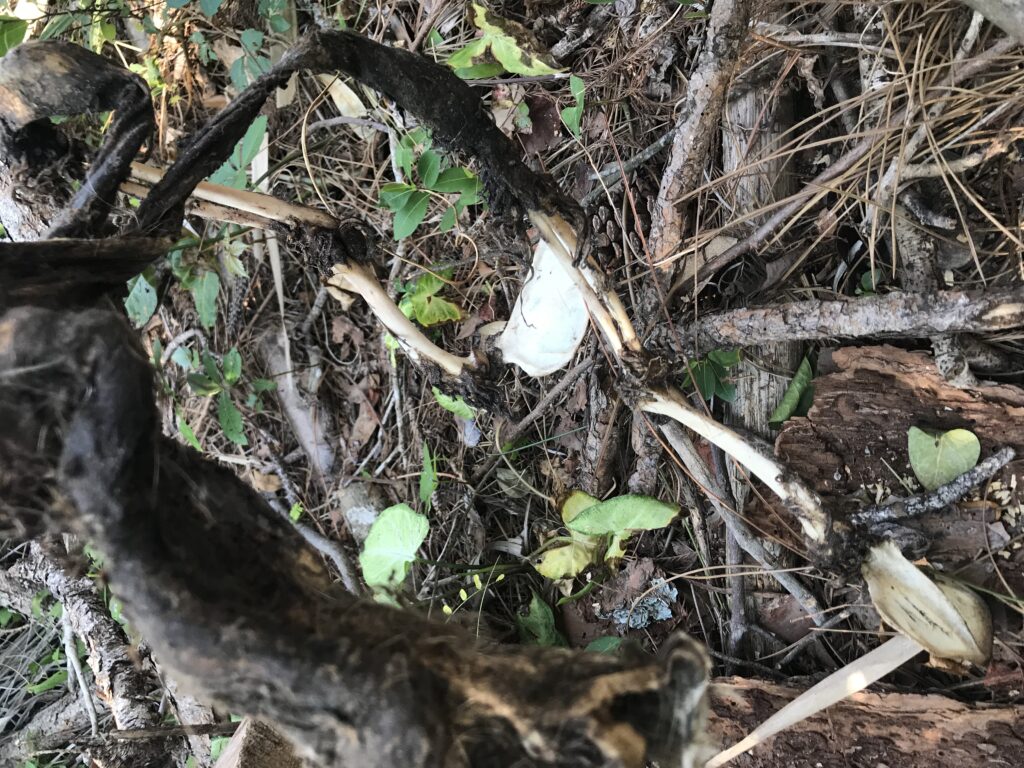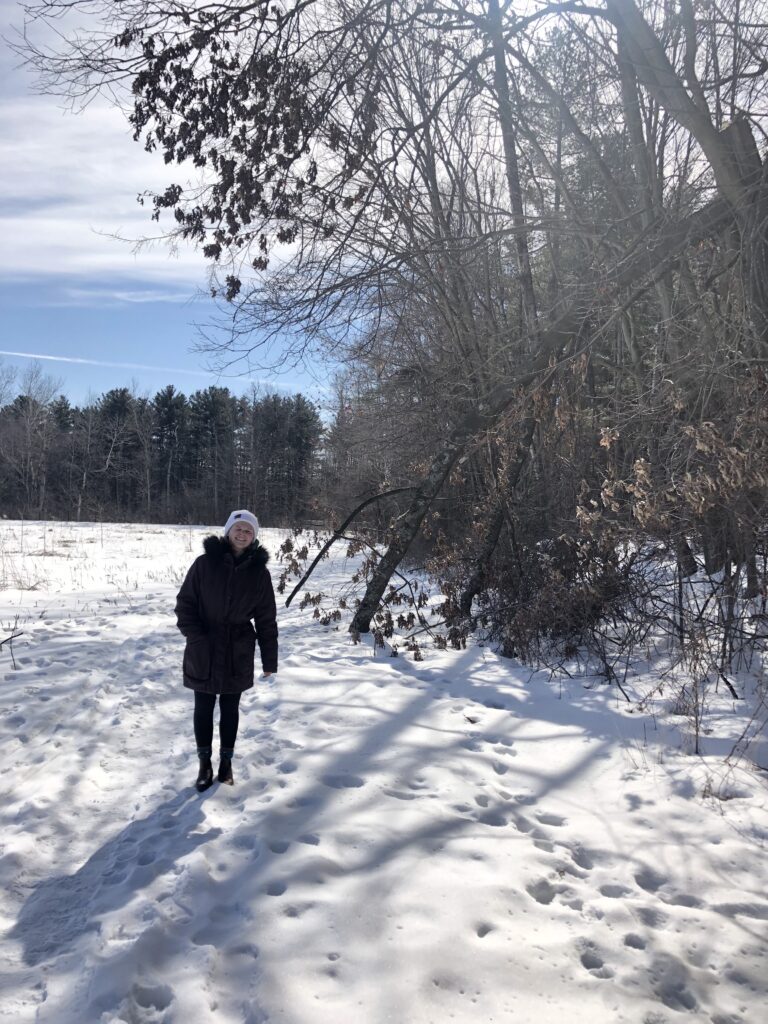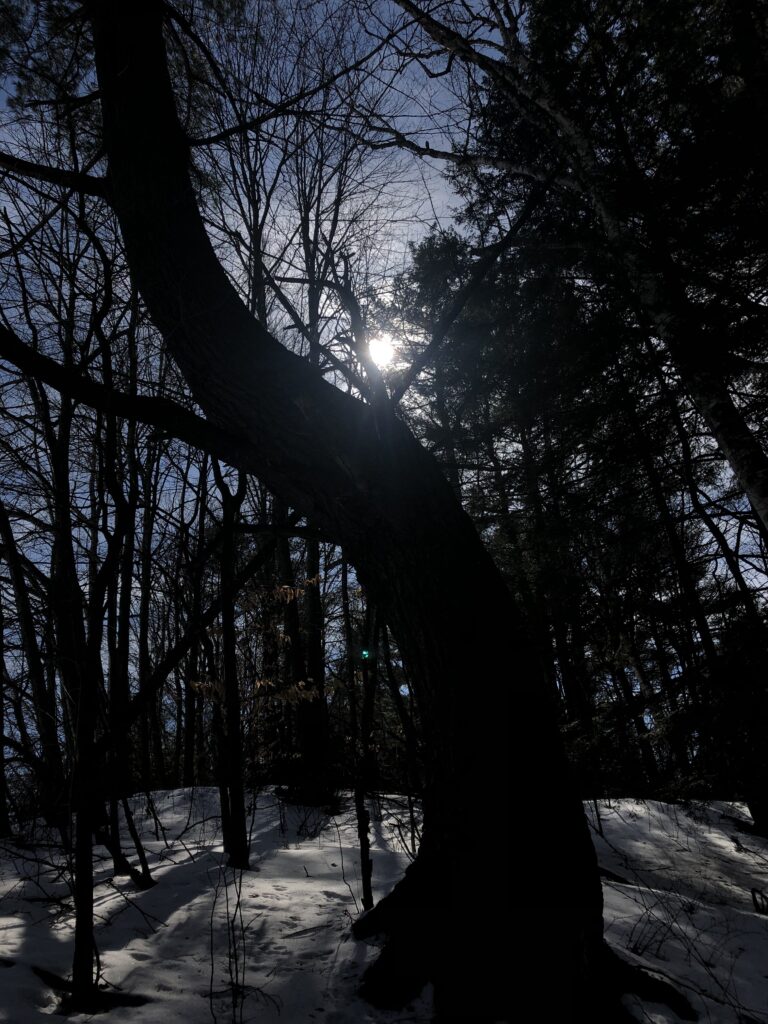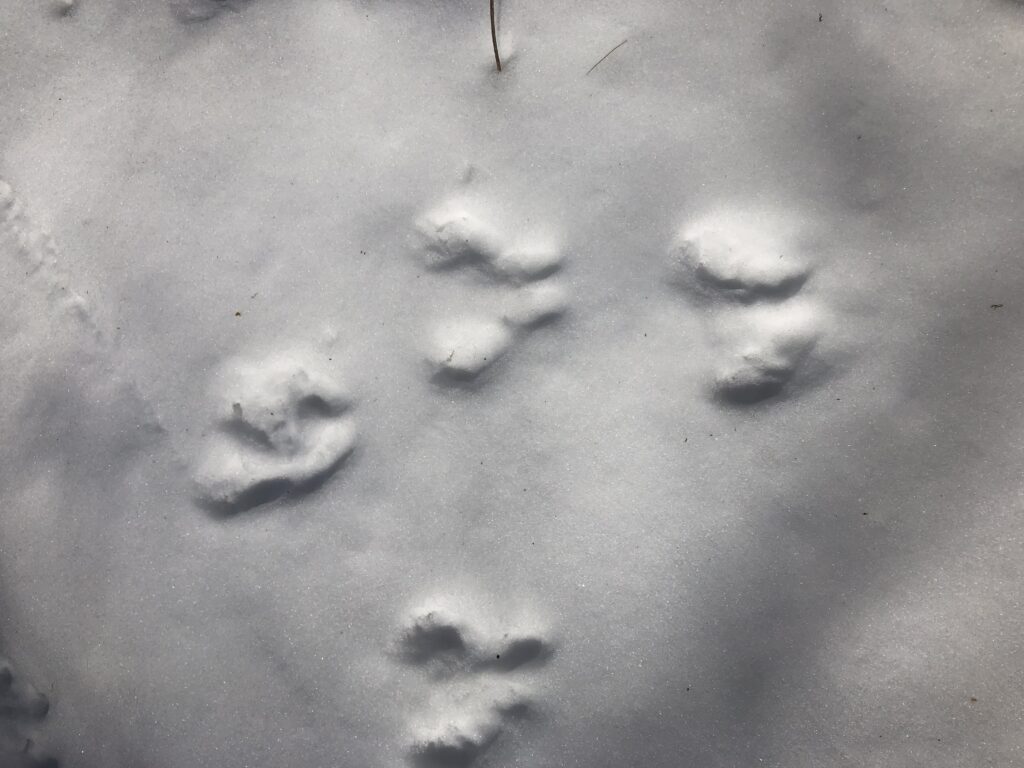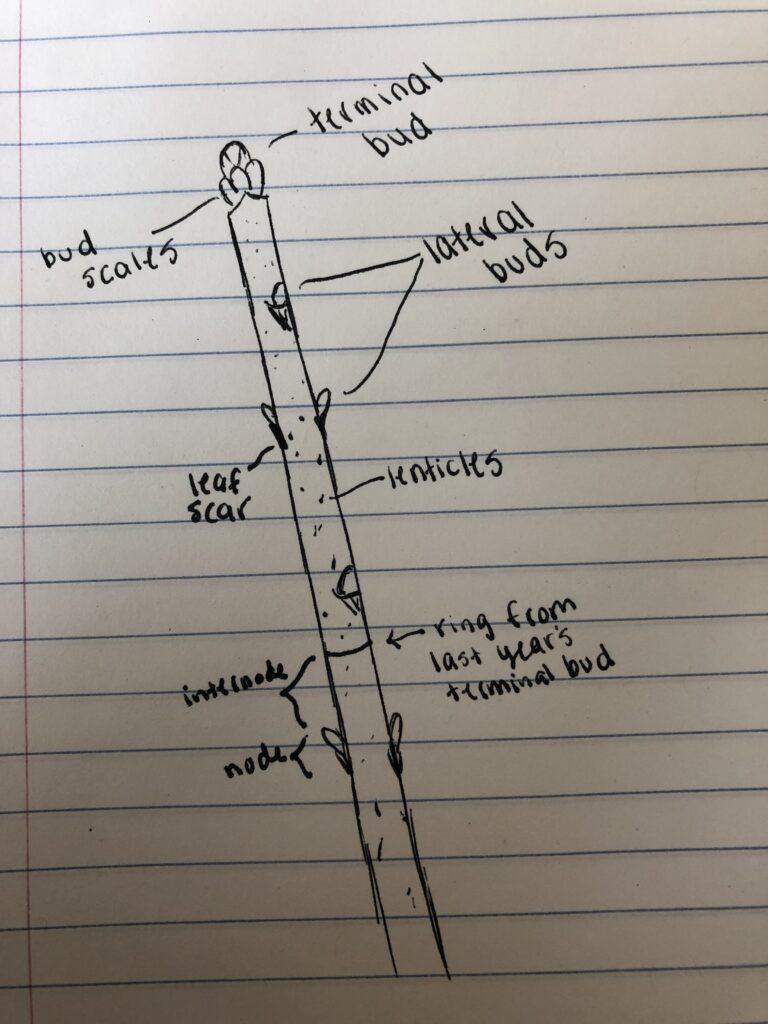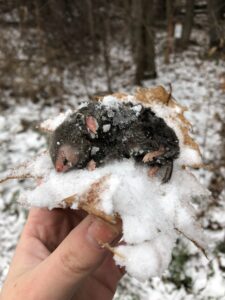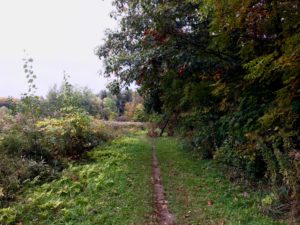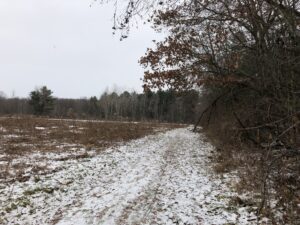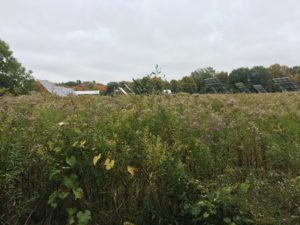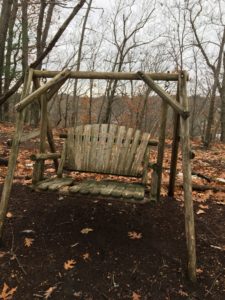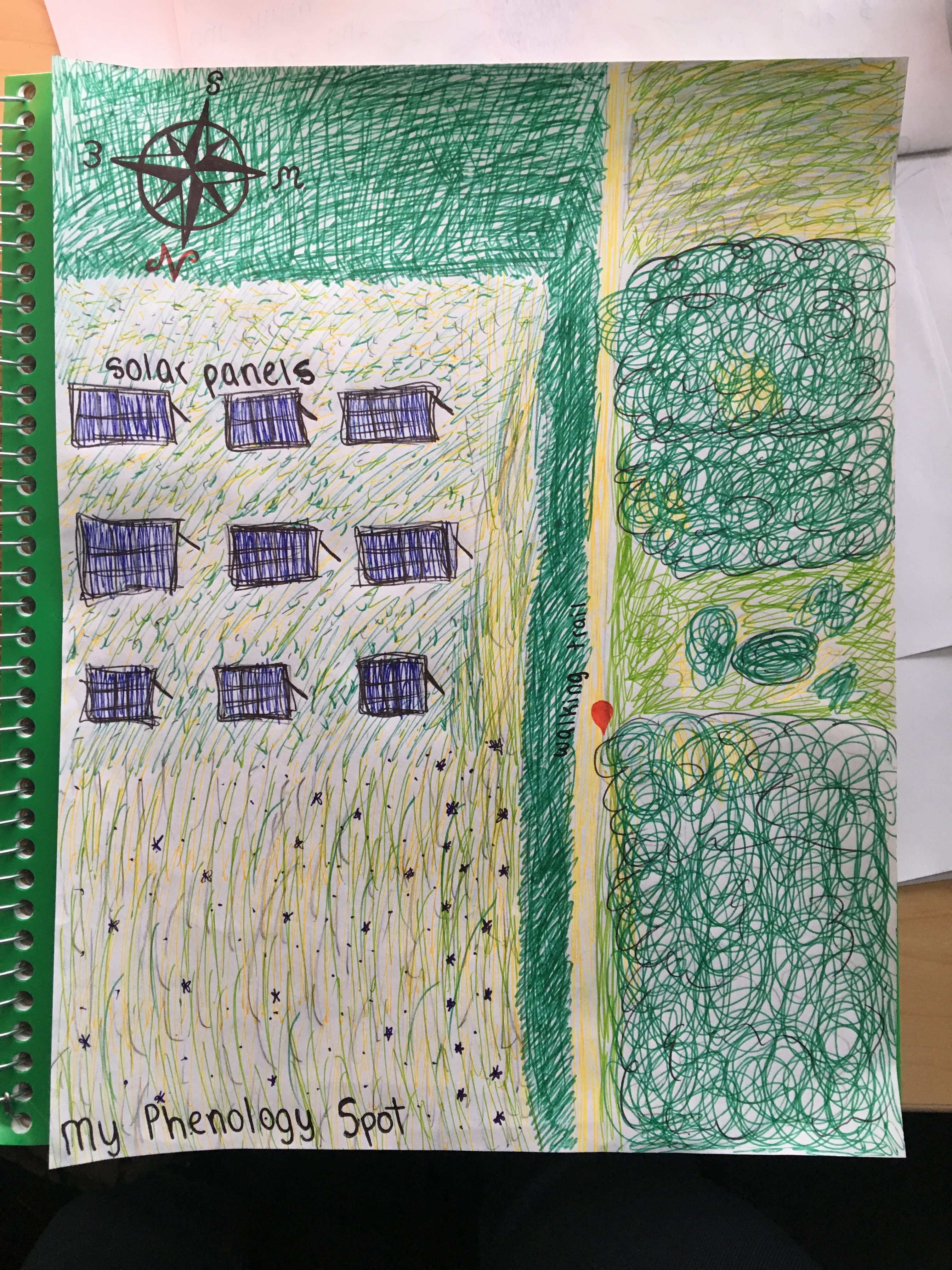As I write my last blog post, I think back to when I first chose my spot. I remember being concerned about how close it was to a solar panel field because I thought maybe it was not “naturey” enough. However, six months later, I have no concerns about this. In a city like Burlington, it is not uncommon to find little nooks of nature nestled between neighborhoods and urbanization. These spots are homes to gifts of nature. Finding them and spending time in them can ease the stress of daily life and reconnect us to the land.
At my place, I am able to enjoy the mysteries of nature while seeing the culture of my new home in Burlington. I see renewable energy and a greener future. I see families loving each other’s company strolling down the bike path. I see myself as a part of my place. Humans and the environment are not separate entities. If I do not see myself as part of my place, how can humans see ourselves as part of the environment as a whole? How can we care about something we are not a part of?


